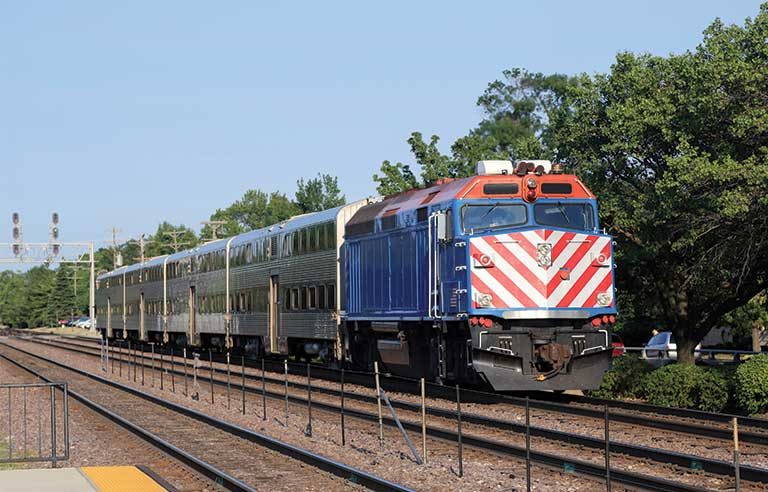FRA proposes rule requiring certain railroads to have a fatigue risk management program

Photo: gk-6mt/iStockphoto
Washington — The Federal Railroad Administration is seeking comment on a proposed rule that would require certain railroads to develop and implement a fatigue risk management program as a component of their larger safety risk reduction programs.
According to a notice of proposed rulemaking published in the Dec. 22 Federal Register, FRA is attempting to improve rail safety and satisfy the statutory mandate of Section 103 of the Rail Safety Improvement Act of 2008. Section 103 requires Class I railroads, railroad carriers with inadequate safety performance, and carriers that provide intercity rail passenger or commuter rail passenger transportation to develop and implement a safety risk reduction program.
The proposed rule defines a fatigue risk management program as a “comprehensive, system-oriented approach to safety in which a railroad determines its fatigue risk by identifying and analyzing applicable hazards and takes actions to mitigate, if not eliminate, that fatigue risk.” Each railroad would be required to prepare a written program plan and submit it to FRA for review and approval. Each fatigue risk management program must include goals, risk analysis, mitigation strategies, evaluation and an implementation plan.
The deadline to comment on the NPRM is Feb. 22.
Post a comment to this article
Safety+Health welcomes comments that promote respectful dialogue. Please stay on topic. Comments that contain personal attacks, profanity or abusive language – or those aggressively promoting products or services – will be removed. We reserve the right to determine which comments violate our comment policy. (Anonymous comments are welcome; merely skip the “name” field in the comment box. An email address is required but will not be included with your comment.)

